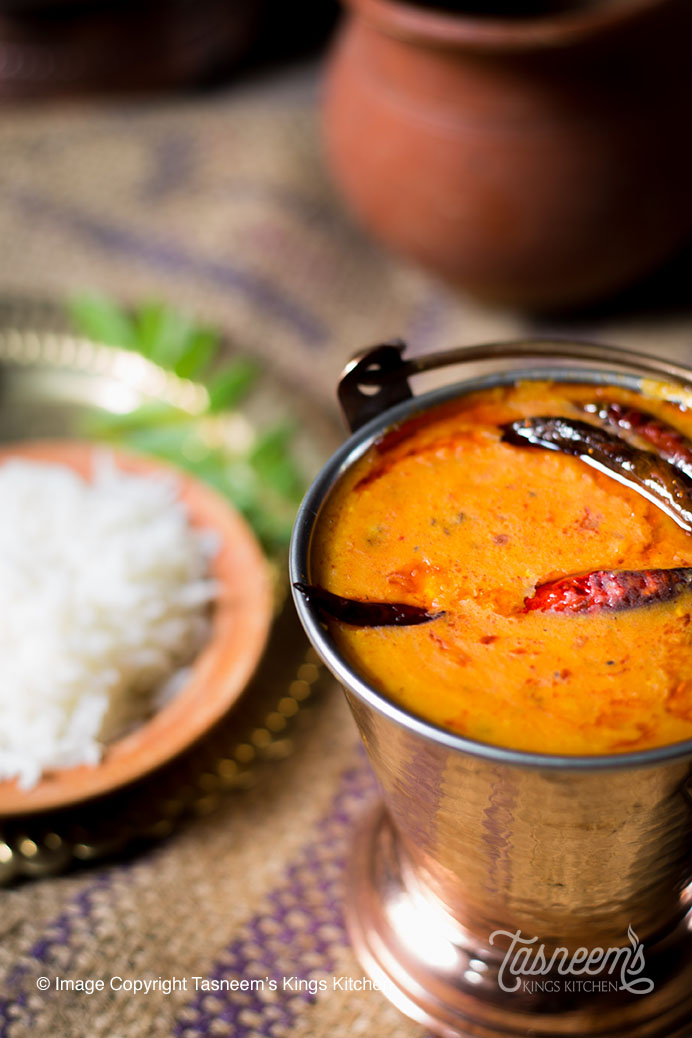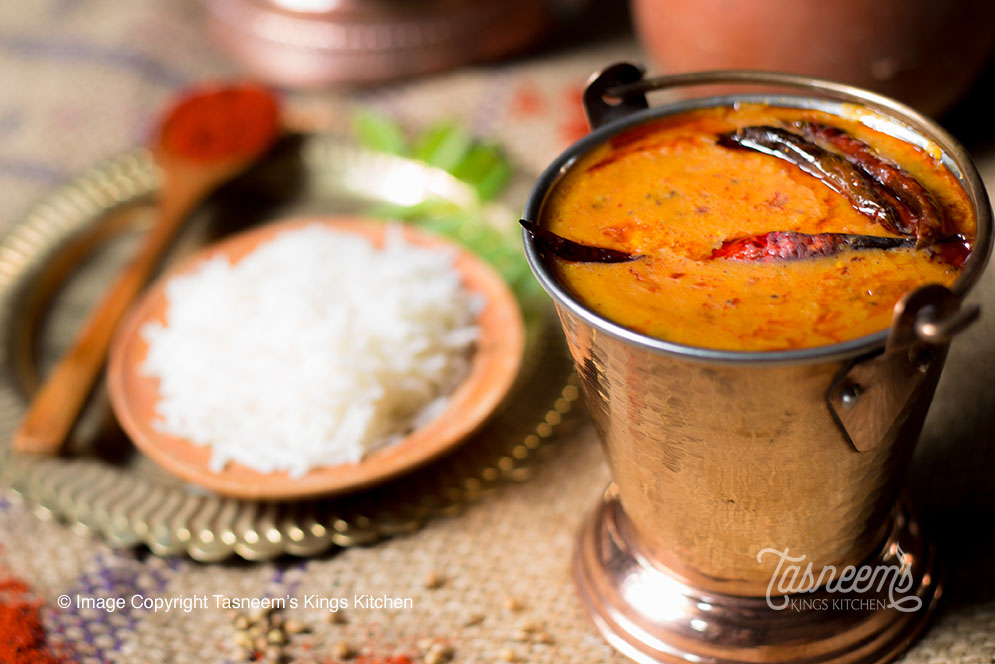The Magic of Tadka in Indian cuisine!
Whether you prefer things hot and spicy, bold and flavorful, or just mild, cooking just wouldn’t be the same without spice. It is why the foundation of any well-stocked pantry must be built upon having a variety of spices, spice blends, and aromatics like garlic, ginger and onion.
In 1965, Frank Herbert a science fiction writer in his book series Dune wrote that “he who controls the spice, controls the universe.” While that little nugget of truth was likely never intended to be taken in a literal context, it’s perfectly true in an Indian kitchen. Many people love spices, but don’t know how to unlock their full flavor potential. That’s where “tadka” comes in; this Indian cooking technique has existed for hundreds of years, but many of us have never heard of it. But, it is part of what makes Indian cooking so richly spicy and aromatic. Once you master this technique, I guarantee that not only will you taste spices in a way that you’ve never tasted them before, you will want to apply this technique to every dish you make and take your Indian cooking to the next level.
Many people love spices, but don’t know how to unlock their full flavor potential. That’s where “tadka” comes in; this Indian cooking technique has existed for hundreds of years, but many of us have never heard of it. But, it is part of what makes Indian cooking so richly spicy and aromatic. Once you master this technique, I guarantee that not only will you taste spices in a way that you’ve never tasted them before, you will want to apply this technique to every dish you make and take your Indian cooking to the next level.
In English, tadka is known as “tempering.” It is the technique in which whole or ground spices are briefly roasted in oil or ghee (clarified butter) in order to release their essential oils, thus making their flavor more aromatic. This technique is popular across India, Bangladesh, Pakistan, and Sri Lanka and is also called chounk, tarka, baghar, and other names in various languages. After roasting, the tadka is added to the dish, oil and all. It is a common addition to dal (Indian lentil soup) and sambar (lentil stew with tamarind broth), though the tadka technique may also be used to make curry. Adding tadka to a dish is done either at the beginning of a dish or as a finishing touch.
How to Make Tadka
Traditionally, the ingredients in tadka are cooked in ghee, or clarified butter, but oil can be used instead. When preparing tadka, it is important to choose the right type of oil. The spices need to be cooked at a high temperature in order to properly release their essential oils, so you will need to use an oil that can stand high temperatures. Because of this, olive oil is not recommended for making tadka, as it burns at high temperatures. Use refined sunflower oil, coconut oil or even mustard oil instead when preparing tadka.
Tadka can be prepared in a skillet, in the pot you are using to prepare your dish including pressure cookers and slow cookers (but only if the tadka is the first thing added to the dish), or in a specialty pan used for making tadka, which also happens to be called tadka. It is a tiny pan with a relatively deep well, to prevent whole spices from jumping out of the pan as they’re being cooked. It looks similar to a ladle.
While the contents of tadka vary from region to region, the base is more or less the same. Add two tablespoons of oil to the pan, then add a teaspoon each of cumin and mustard seeds — try to add them directly to the oil. Allow the seeds to sizzle; this should take only a few minutes. Be very careful because if your seeds burn, you will have to start over. Once you master basic tadka, you can try adding other ingredients like fresh chilis, curry leaves, garlic, onion, tomato, or powdered spices, which are added after the base tadka becomes aromatic.
When you add tadka to your dish depends on what you are making. Tadka is commonly used as the finishing touch in dals, which has a tadka made from cumin, curry leaves, onion, garlic, tomato, and powdered spices. Other common spices used in tadka are cumin seeds, mustard seeds, coriander, turmeric and tomato.
Tadka may also be added to curry. In curries, onion, garlic, asafoetida, and whole cumin seeds are roasted in oil and added as a finishing touch. Tadka may also be made by dry roasting whole spices, then grinding them into a powder.
Ready to start cooking using tadka? Follow and subscribe to my YouTube channel https://www.youtube.com/c/tasneemstadka and learn a new Indian recipe every week.

